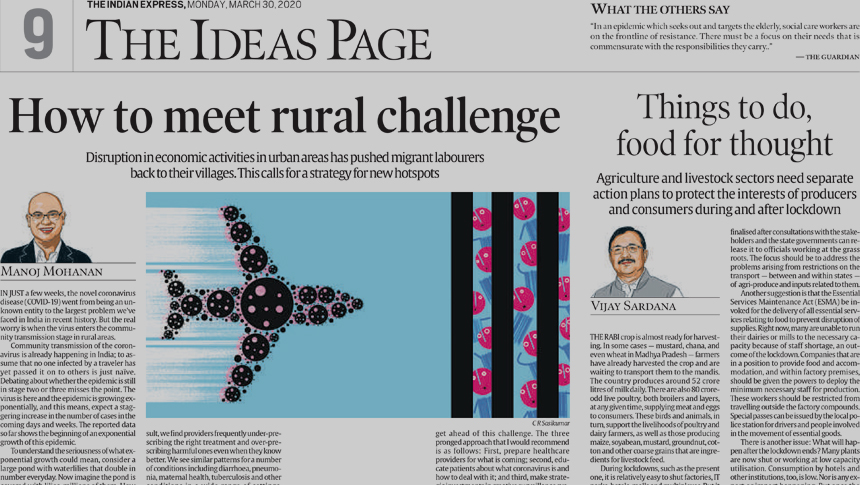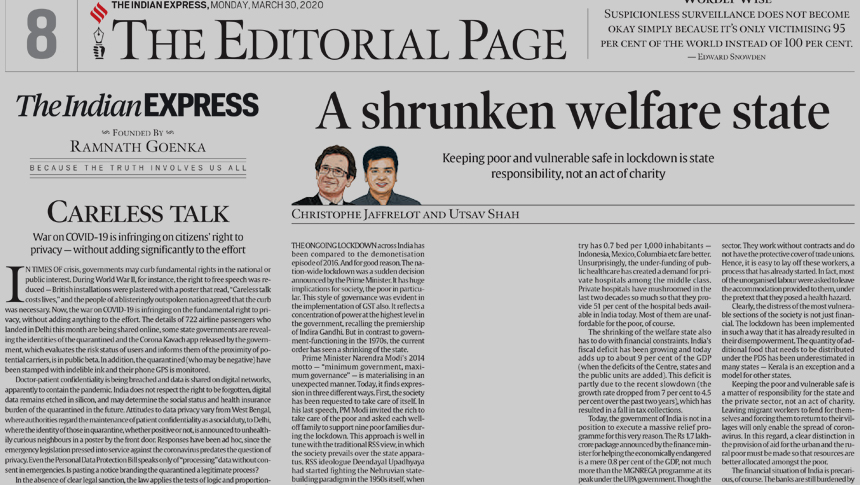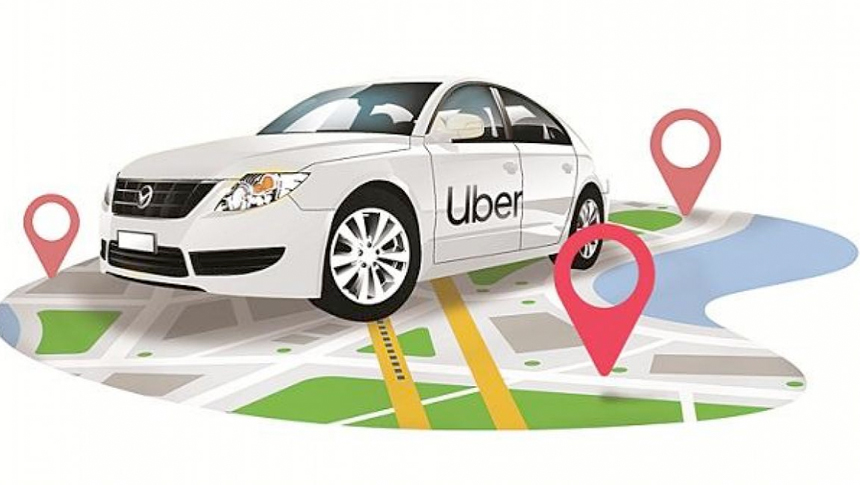The obituary of print has been written multiple times over the past decade, but, at the time of publishing this article, print is alive.
Not kicking, but alive.
And if you ask me, print newspapers should be both alive and kicking. It’s the kicking bit that’s missing.
Certainly provoked by my age, I’m in a shrinking minority of news consumers, reaching out for the printed-on-paper newspaper rather than consume the same content (how I hate that word) on my phone or my laptop.
And because I am in a shrinking minority, every now and then, including many times in the post-lockdown phase when the printed newspaper is not delivered in large parts of the country, the death of the newspaper is reported.
Time is running out for newspapers, say the doomsday prophets.
And I argue: Time is the ONLY thing that they have.
Time is what print has that no other news medium, digital or television, has.
Print has the TIME to check and cross-check and fact-check, something the pressure that news TV and digital do not have in the high-octane breaking news world that they live in.
Print is not in the breaking news business.
Print is in the credible news business, the believable news business, the trusted news business.

The problem with print, in a post satellite news and post digital era, is that they got confused (and remain confused) about who their competition is.
Their competition is not the shouting and yelling competitions on news TV nor is it the lackadaisical, careless and often irresponsible sensationalism of digital news.
The stock-in-trade for print, which they seem to have forgotten, is credibility.
Print will compete with any outlet, digital or otherwise, which deals in credibility as well.
That’s why in a recent presentation by BARC on media consumption during the lockdown, where they say “print has massive distribution” problems, the study completely misses the point.
The focus is on the FORM (i.e, paper ) rather than on the source credibility.
The same BARC presentation says “growth in consumption of news apps (76% growth) is way higher than growth in consumption of news on news aggregator apps (22%)”.
This is a statement that points to the news source rather than the form.
As with any other product category, there are cohorts of consumers who want different things from the same product. There will be consumers who want sensationalism from their news outlet; there may be consumers who enjoy the bias of a news outlet – and then there are consumers who want balanced, accurate, true and unbiased news.
This last set is the consumer base for the print majors in the country.
And if this set of principles — balanced, accurate, true and unbiased news – is adhered to, there is no reason why the ‘print’ consumer can be shifted to a digital offering launched by the print news brand.
Here’s where the second problem comes in: print brands, when they go digital, give ‘balanced, accurate, true and unbiased news’ short shrift and join the digital bandwagon of careless and irresponsible reporting. When this happens, the mother brand gets tarnished as well, losing both credibility and readers.
There is the third problem that receives much attention as well – the shrinking revenue share of print.
That’s because print has allowed advertisers and media agencies to compare apples with oranges – and get away with it.
The media buying machine has allowed the yardstick to be number of readers – and digital and TV will always win that battle.
This is a problem that print has brought onto themselves by refusing to invest in research that focuses on the metrics that matter — the quality and demographics of the reader, the time spent by the reader every day and every month, the recall of advertising carried by the reader.
And the trust of the reader in the news that is consumed.

Most leading newspaper brands in the country have a history of credibility – Indian Express, The Hindu, The Times of India, The Economic Times, Hindustan Times, Deccan Herald, The Telegraph (and many papers in Indian languages; too many to list).
And I underline the world: History.
In an era where there is a rush to erase various histories and their attendant wealth and richness, newsbrands are ignoring this valuable asset.
Still, time is on their side.
Because, as we see in other contexts, it’s not that simple to erase history.
When the lockdown ends, ‘print’ would do well to remind themselves that while the form ‘seems’ to be under threat, it was never the form that was important.
What kept print growing was the credibility and trust.
Print you papers on newsprint – and as long as you deliver credible news and are trusted by your readers, consumers WILL consume.
As the saying goes, form is temporary.



